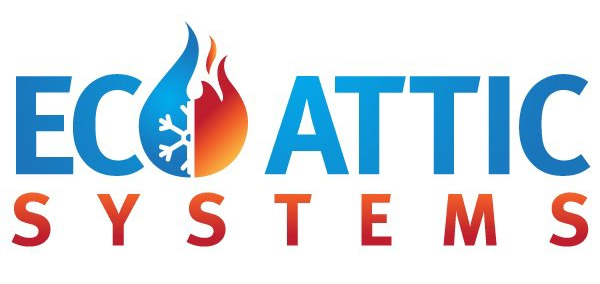Blog

When you think of the comfort within the confines of your home, don’t forget about the insulation which has a major role in keeping you comfortable and saving your money. The blanket of insulation can be unseen but it acts like a cover to keep heat out of home during summers and trapping heat in the winters. The question is how you would know which insulation option to consider when you are wanting to get one for your home. In this article we will consider two popular choices: rockwool and its competitors, to help you make an informed decision for your home.

Does your home feel drafty in the winter and uncomfortably hot in the summer? Uneven temperatures throughout the year can be a sign of inadequate attic insulation. Upgrading your attic insulation with Attic Systems can significantly improve your home's comfort and save you money on your energy bills.
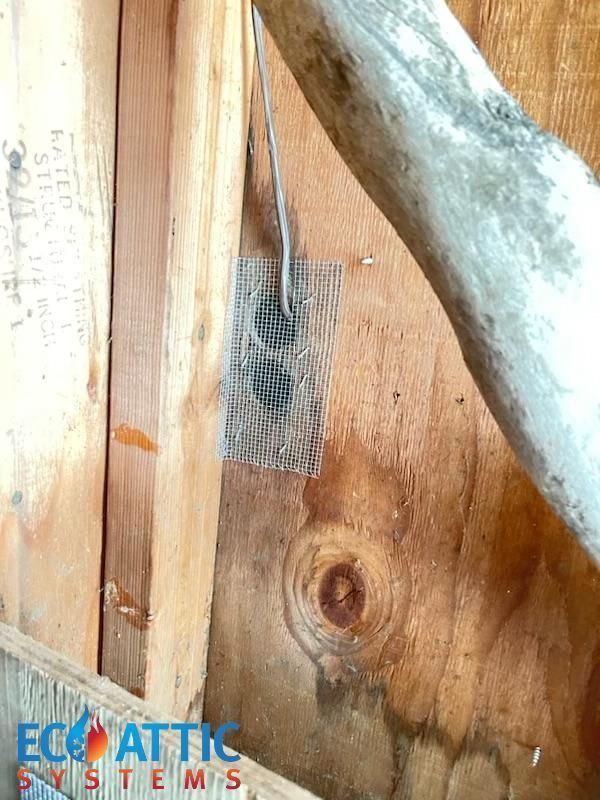
Rodents need to be kept out of your property. They can spread diseases and wreak havoc on homes and businesses. Using old methods like setting traps and lacing food with poison seems quick. But in reality they have their disadvantages. Your health and environment might take a toll if you go for these methods. Also, they do not last long and the infestation might return. A lot of long-term and eco- friendly solutions exist which professional rodent control companies employ to keep your space critter-free, for good.
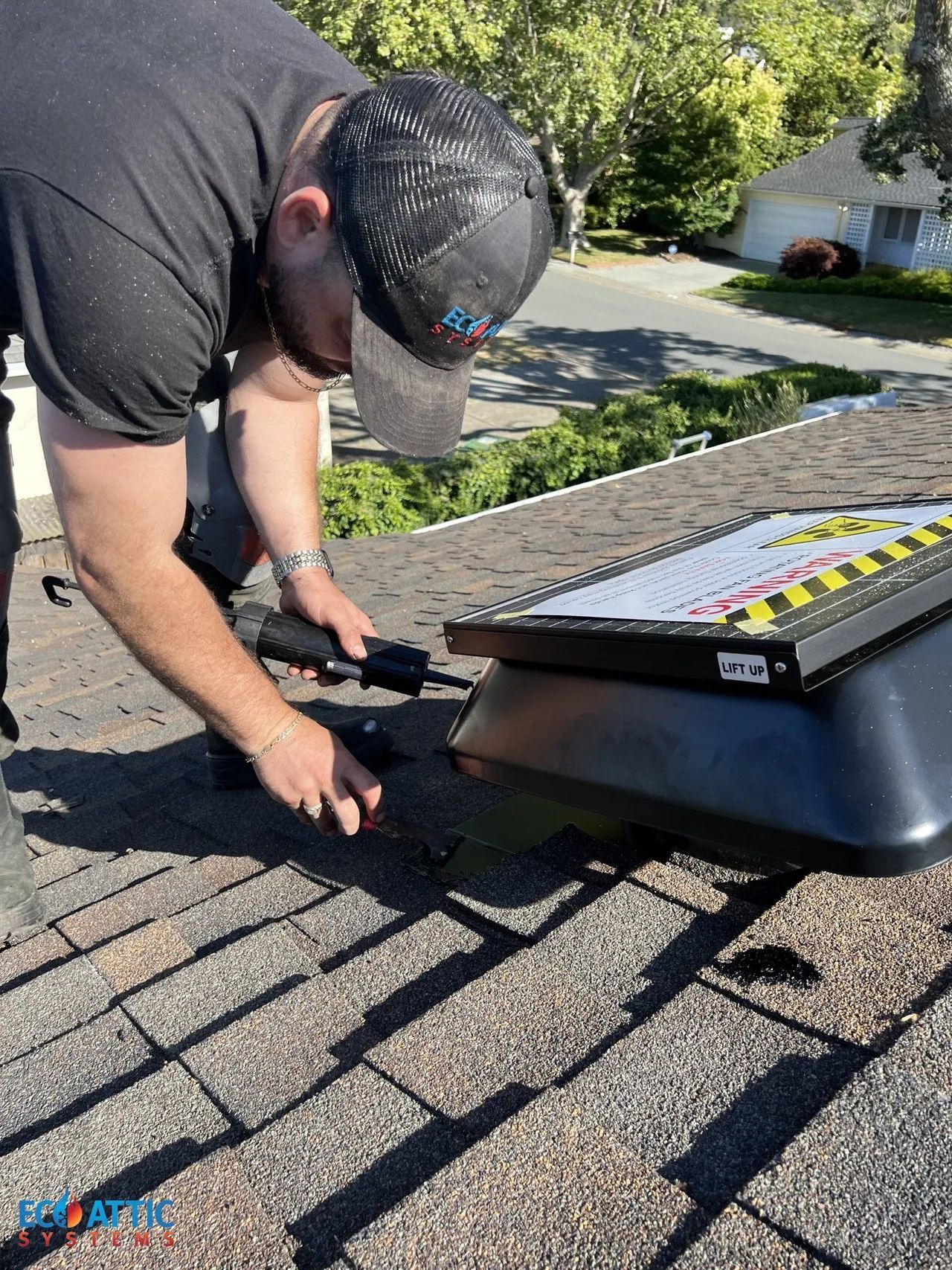
Your attic might seem like an isolated space, but it plays a surprisingly significant role in the comfort and health of your entire home. Improper attic ventilation can lead to many problems, impacting your indoor air quality and energy bills. In this article we will discuss the advantages of attic ventilation.
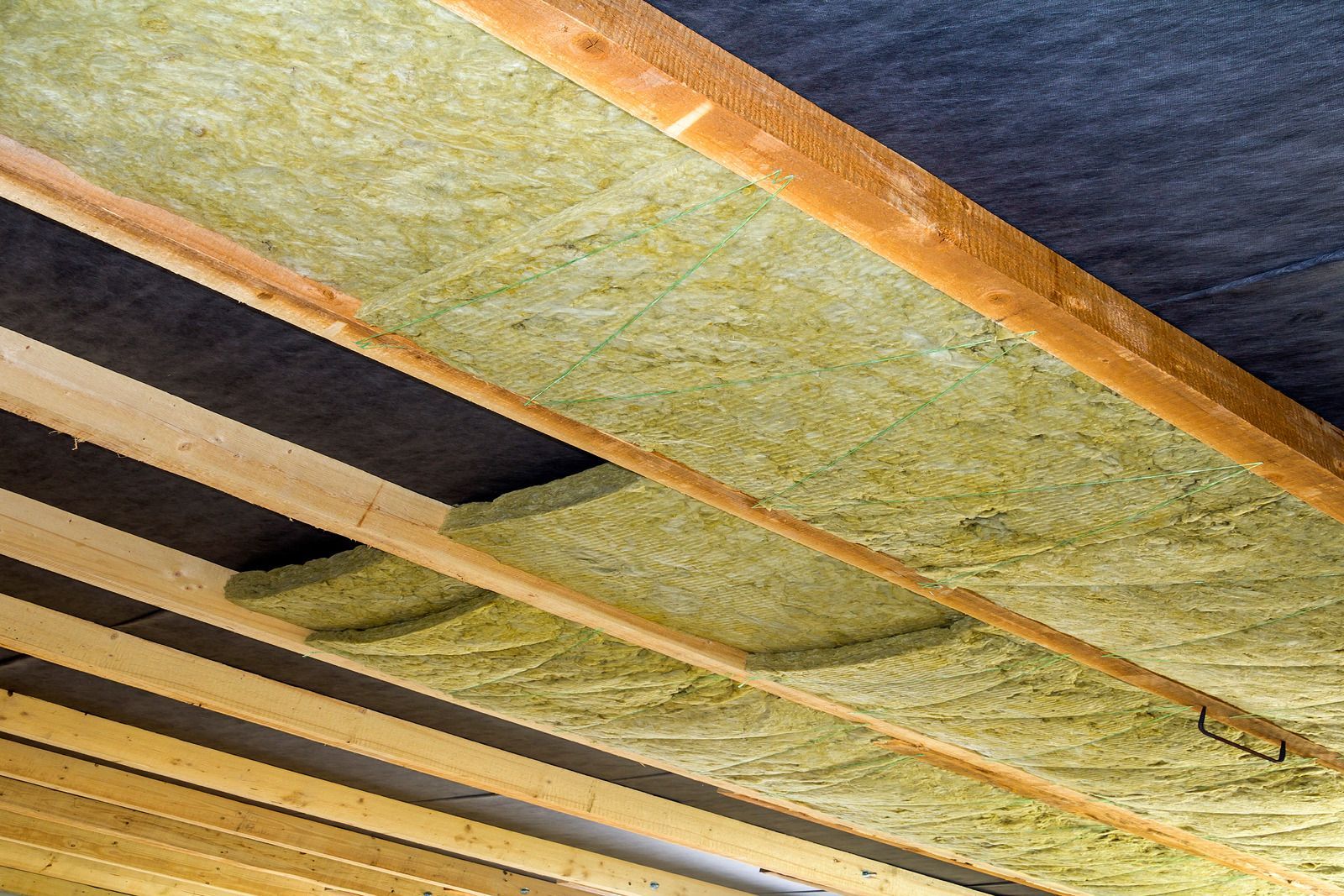
Choosing the proper insulation for your home is important for comfort and energy savings. But did you know your insulation choice can also impact the environment? Rockwool insulation is a great option for homeowners who want to reduce their environmental footprint. Made from natural materials, it offers many benefits that contribute to a greener home.
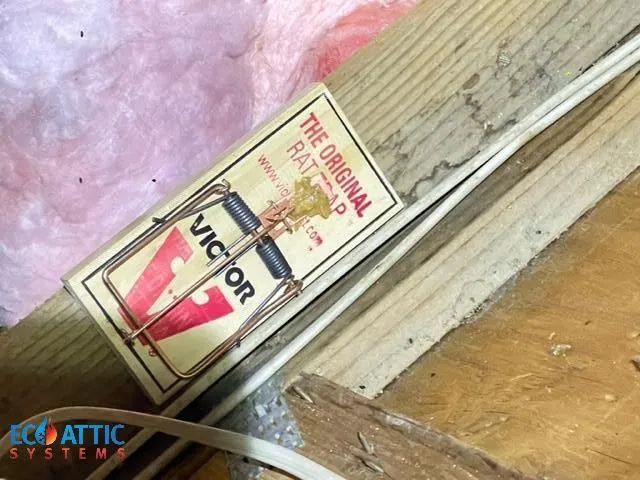
Rodents can be a real nuisance for both homeowners and businesses. They cause property damage and can spread diseases if you do not deal with them. Thankfully, there are advanced techniques in rodent proofing that can help keep these intruders at bay. With ten effective strategies used by professionals, you can be equipped to protect your home or business from rodents.
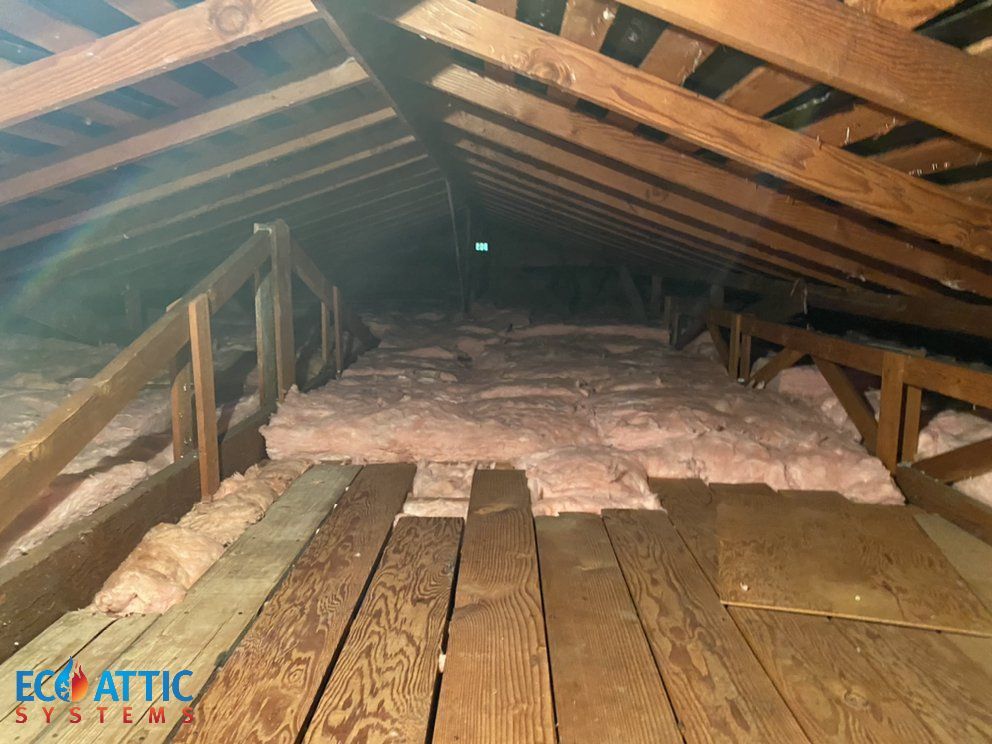
Batt insulation, a common form made from fiberglass, rock wool, or cotton, is widely used in homes and buildings for thermal regulation. However, the effectiveness of batt insulation largely depends on proper installation and maintenance. This blog explores the key factors contributing to batt insulation's efficiency.
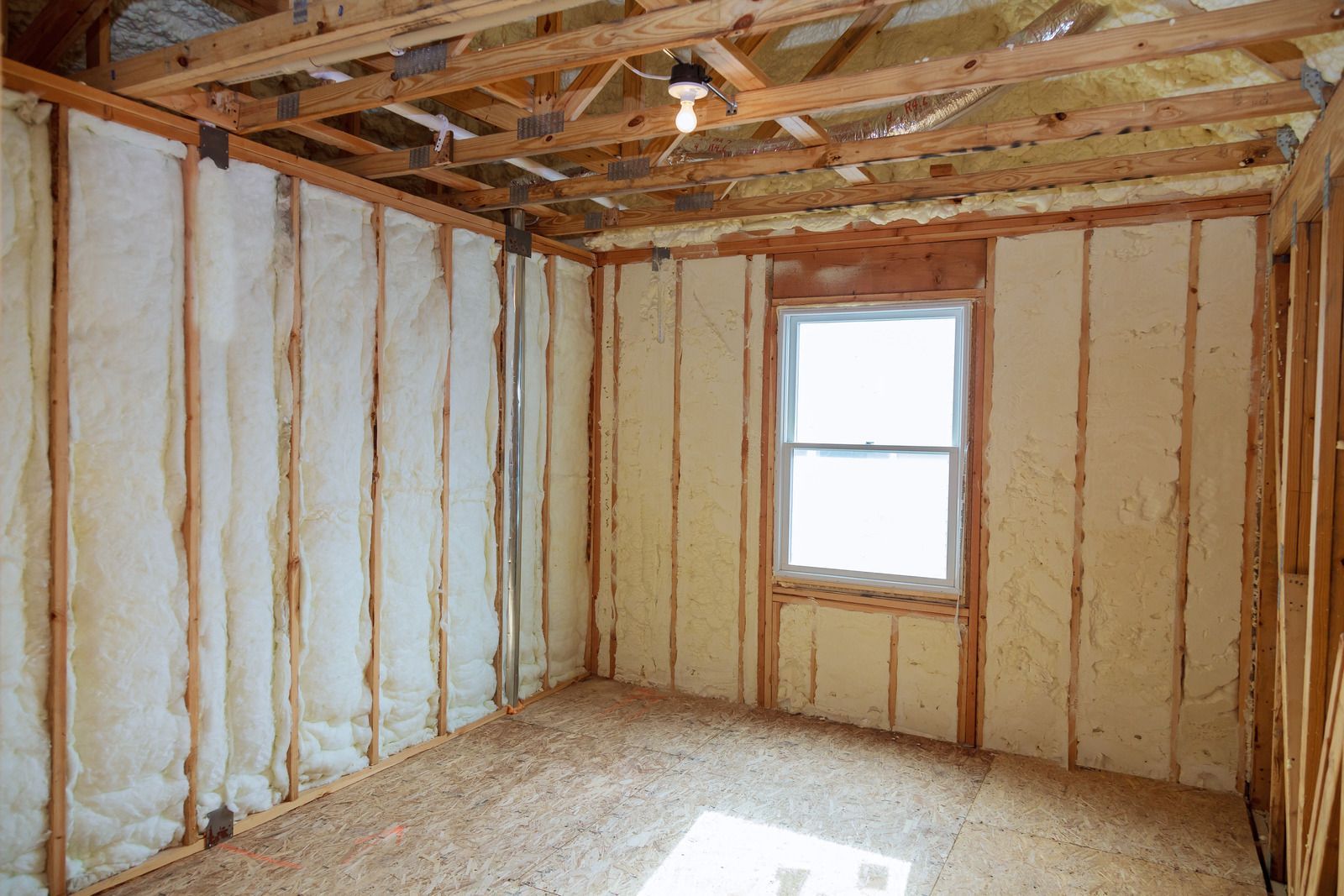
Is your home as warm and energy-efficient as it could be? Often, the answer lies in the effectiveness of your insulation, and fiberglass is a leading solution in this domain. Here, we explore eight fiberglass insulation solutions that every homeowner should know. These solutions offer ways to enhance comfort and energy efficiency effortlessly.

Rodents are unwelcome visitors that can wreak havoc in your space, causing structural damage and potentially spreading disease. Keeping them at bay doesn’t have to involve a call to the exterminator if you’re armed with the right know-how. Here are expert tips and tricks to help maintain a rodent-free space.
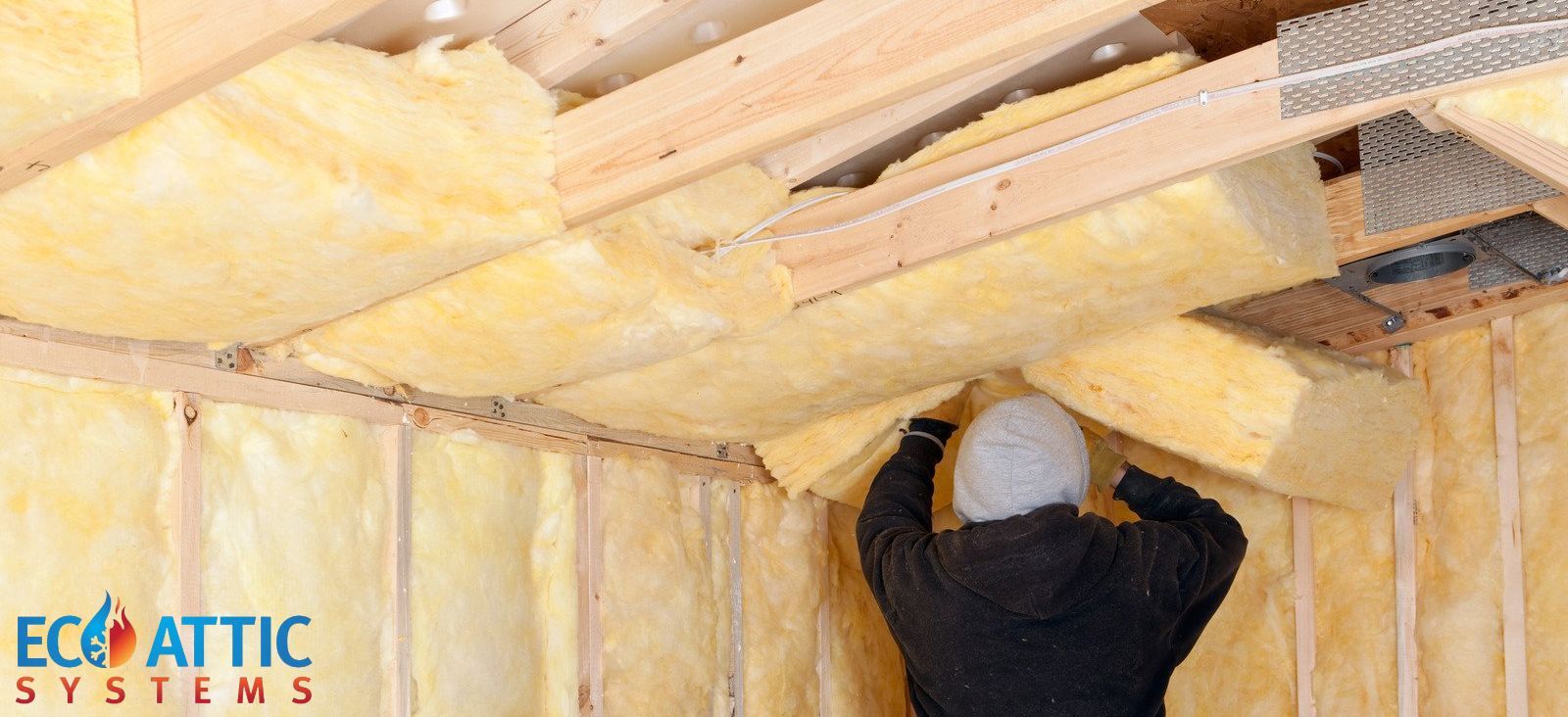
Insulation is critical to keeping our homes warm in the winter and cool in the summer. Picking the right insulation is essential for both comfort and saving money. Different materials work best in different places and situations. Here's a guide to help you choose. 1. Fiberglass Insulation Fiberglass insulation is made of small glass fibers, and you can find it in rolls or flat pieces called batts. Many people use it because it's easy to find in stores, it doesn't catch fire easily, and it's shaped just right to fit between the wooden parts (studs) of walls and under roofs. However, there are some things to be careful about. If you touch fiberglass insulation without gloves or breathe in its tiny particles, it can irritate your skin and lungs. Also, in places with very cold or very hot weather, it might not be the best choice for insulation. 2. Cellulose Insulation Cellulose insulation is made from old paper that's been treated so it doesn't catch fire easily. One good thing about it is that it's kind to the environment because it uses recycled paper. Another plus is that it's suitable for adding more insulation to homes. But there are some downsides. Over time, this insulation can sink, which means it doesn't work as well. Also, if it gets wet, it can become very heavy. 3. Foam Board or Rigid Foam Foam board or rigid foam are hard pieces of insulation that people often put on outside walls. They're good choices for basements or the external parts of a house. These boards are good at keeping heat in because even though they're thin, they insulate well. However, there are a couple of things to think about. They can cost more than other insulation types. And if you want to use them inside your house, you have to put a unique cover over them to keep them safe from fire. 4. Spray Foam Spray foam is a type of insulation that starts as a liquid. People spray it into spaces where it grows bigger and becomes hard. It's good because it fills up all the small holes and spaces nicely. It means it not only keeps the house warm or cool but also stops air from coming in or out. However, there are some things to think about. Most of the time, you need someone who knows what they're doing to put it in for you. Also, it might cost more than other kinds of insulation. 5. Radiant Barrier A radiant barrier is like shiny aluminum foil, pushing heat away. It's often used in attics, especially in places where it gets really hot. By keeping the heat away, it helps keep the house cooler. However, it's essential to know that it doesn't work like regular insulation, which traps heat. Instead, it just sends the heat back out. Also, it works best in hot places most of the time. A professional can guide you on how best to use it. Final Words Picking the right insulation is all about understanding your home's needs and the strengths and weaknesses of each material. Think about your climate, budget, and where the insulation will go in your home. Remember, the goal is to keep your home comfortable all year round and to save on energy costs. By comparing different materials and their properties, you can make an informed choice and ensure your home is well-insulated. Whether adding to existing insulation or starting a new project, there's a material out there that's the right fit for your home.
